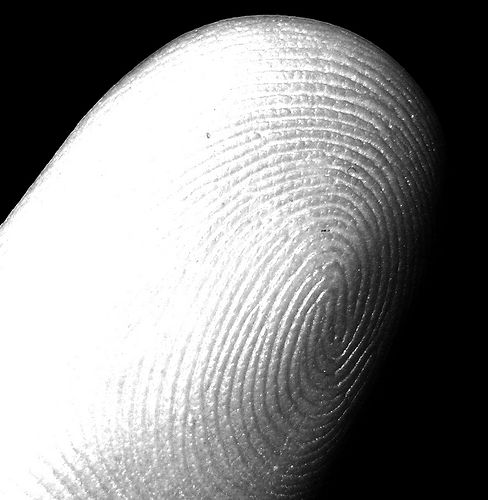Start off the new year right with clean data. Contributor Taylor provides some helpful reminders of tasks to do regularly to ensure that data is squeaky clean.
Perform a Digital Identity Self-Exam
Digital Identity is a topic that, like Digital Identity itself, cycles through period of seeming quite important (take the Twitter hack) and others when it seems like something toward which a person can take a very hands-off approach. It is easy to fall into the false sense of security offered by social media's seeming self-management; it can appear harmless to just allow it to so do. As individuals and representatives of organizations, it is valuable to periodically take stock of what the organization and its employees are doing to represent themselves online. One of the first posts I wrote for this blog was about the blurry line between professional and personal identities--and that gets even blurrier across the online/offline divide. Additional posts covered social media handbooks that urge organizations to come up with an identifiable plan; these handbooks touch on the importance of digital identity, but none exclusively addresses the matter as Nancy White does in her "This is Me" Digital Identity workbook.
As social media handbooks encourage dialogue (including being open to negative comments and interactions), White urges users to consider that an overly-groomed online identity may be just as detrimental as one left to morph, unfettered, into an amalgamation of unflattering photos, inappropriate comments, and obvious political affiliations. There is a balance, and the first order of business to achieve this is considering what your offline identity is, and what you want to convey via social media.
Ultimately, for both organizations and individuals, I think that social media--and any web presence--needs to take into consideration this post on the Social Media Today blog: know yourself before you start reflecting it online. Just as you do when you get dressed in the morning, or attend a public event, or a private house party, rent office space or write a grant proposal, you must stop and consider with great care what it is that you will be saying with your clothes, conduct, conversations, location, shared information and goals. Figure out who is looking for you online, and what it is they will find--try searching for yourself, your organization's name, and see what "just anyone" can find out about you. Remember--you may not be leaving a "paper" trail, but often the items that you post to the web have an even longer shelf-life, and the fingerprint that you develop digitally grows more comprehensive over time.
Just because you have begun to move your organization firmly into the world of social media doesn't mean that you can step back and let it run itself. Do regular searches for yourself and your organization, perform routine maintenance on your personal and organization's profiles, and don't get lulled into the sense that, simply because you've built it, it's good enough. Your online identity will grow, but remember that its growing pains may be as accessible as those photos of you when you were thirteen that your parents insist on keeping framed on their mantel. Proceed with honesty and integrity, and consider the long-term impact that your choices may have. Approach your Digital Identity with a critical eye, and imagine how it may be perceived and received.
Remember: if you put your name on it, you must be willing to own it, even if it's "only online."







